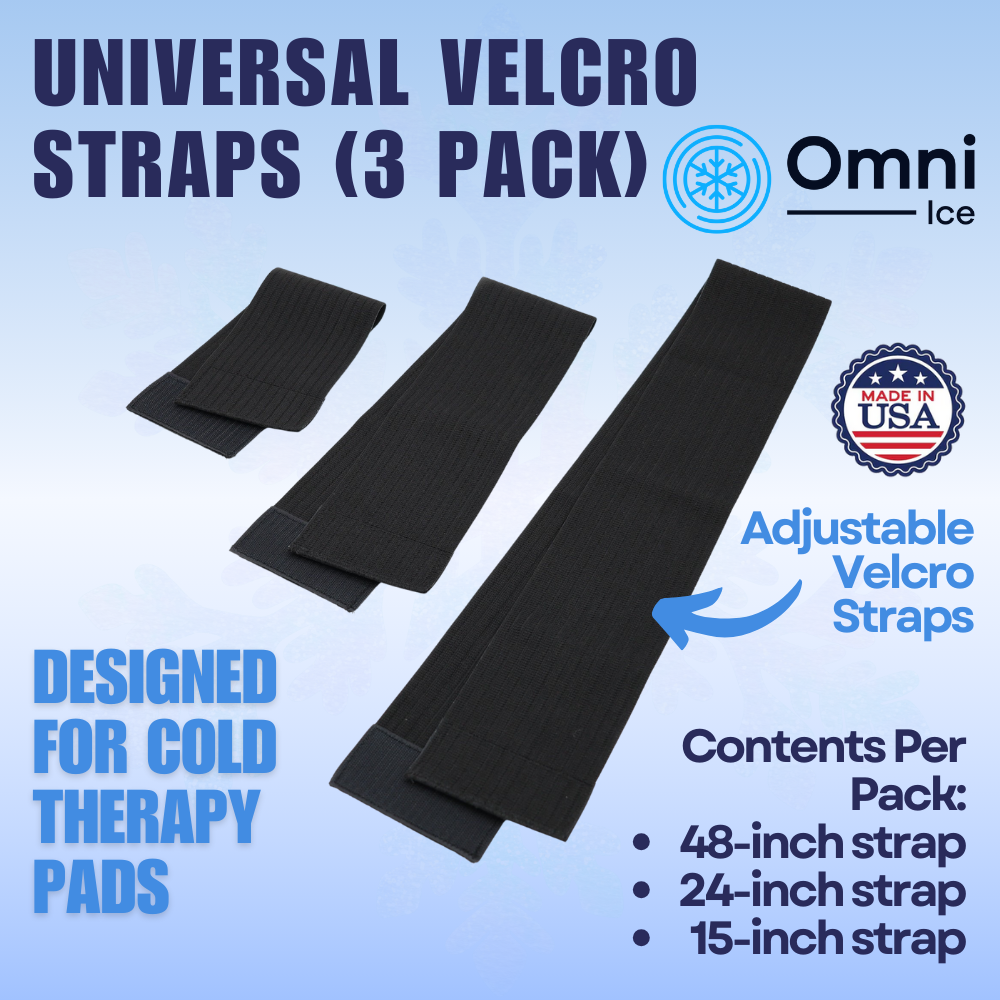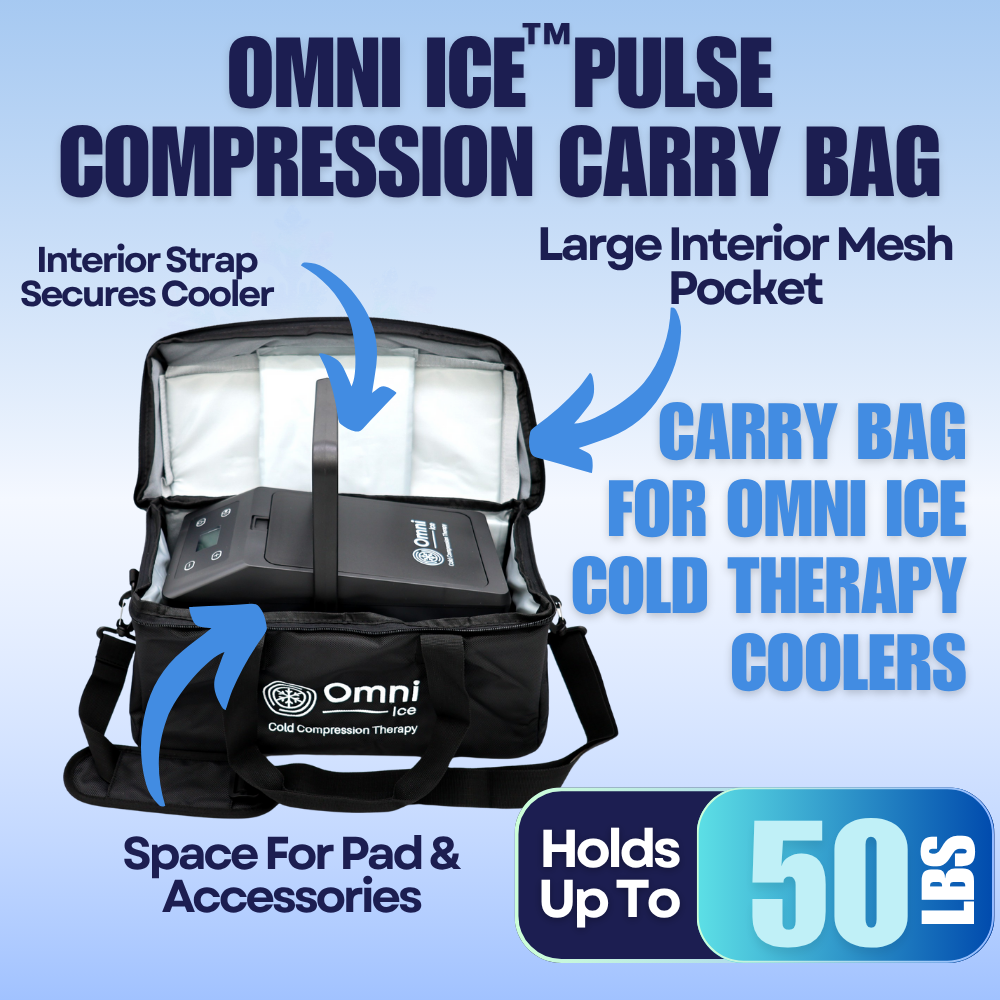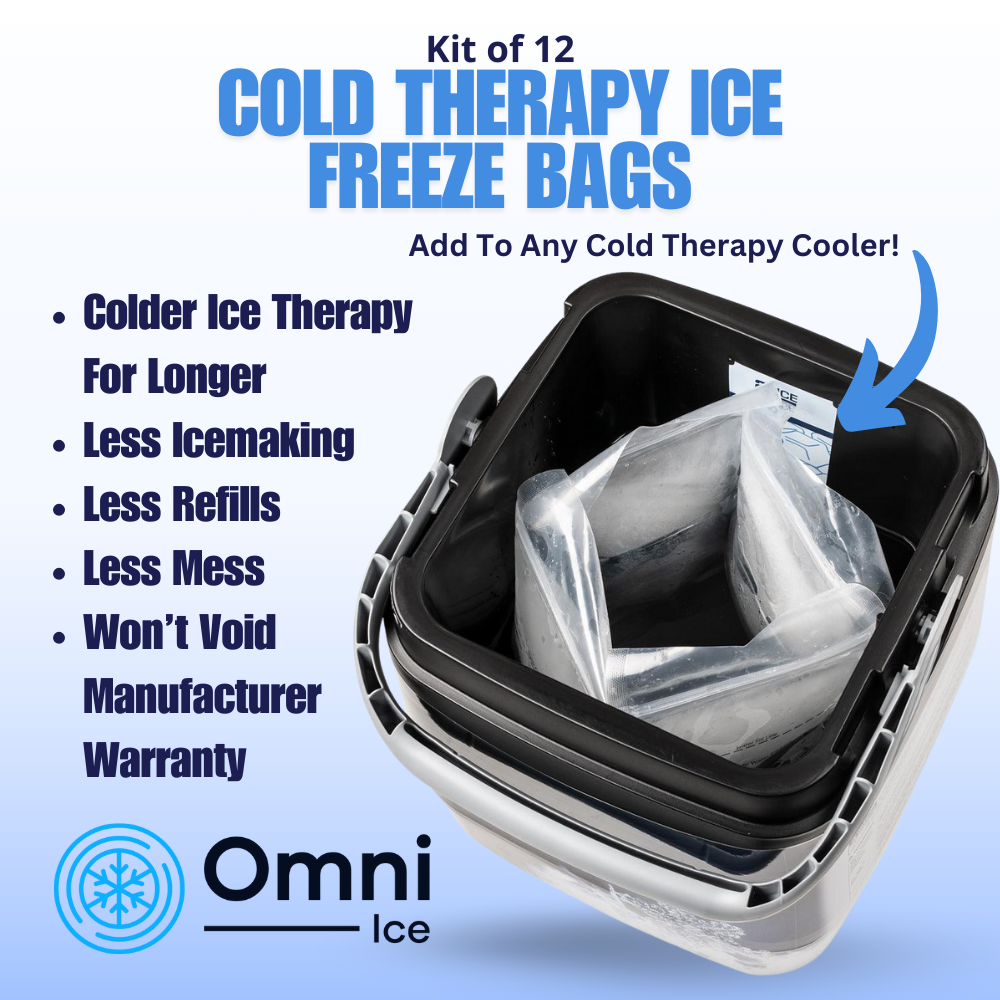Cold Therapy vs. Heat Therapy: Which is Right for You?
When it comes to treating pain, inflammation, or injury, the debate between cold therapy and heat therapy has been ongoing for years. Both have their merits, but understanding when and how to use each can make a significant difference in recovery and relief.

The Science Behind Cold Therapy
Cold therapy, also known as cryotherapy, involves applying cold to an injured or inflamed area. The cold can reduce blood flow to the area, which can significantly reduce inflammation and swelling. Here's how it works:
- Vasoconstriction: Cold causes blood vessels to constrict, reducing circulation and, consequently, reducing inflammation.
- Numbing Effect: Cold can numb the affected area, providing immediate relief from pain.
- Reduces Metabolic Activity: Lower temperatures can slow down cellular activity, which can prevent further injury in the initial stages after trauma.
Ideal Situations for Cold Therapy
- Recent Injuries: Especially within the first 48 hours after an injury.
- Post-surgery: To reduce swelling and pain.
- Chronic Pain: Especially for conditions like arthritis where inflammation is a primary concern.
- After Physical Activity: To reduce the risk of swelling and inflammation.
The Science Behind Heat Therapy
Heat therapy, or thermotherapy, involves applying warmth to an area to increase blood flow. This increased circulation can speed up the healing process by delivering more oxygen and nutrients to the injured or painful area. Here's how it benefits:
- Vasodilation: Heat causes blood vessels to expand, increasing circulation.
- Relaxation: Warmth can soothe and relax muscles, reducing spasms.
- Increases Tissue Elasticity: This can be especially beneficial before stretching or physical activity.
Ideal Situations for Heat Therapy
- Muscle Tension: Especially in the neck or back.
- Before Physical Activity: To increase flexibility and reduce the risk of injury.
- Chronic Pain: Particularly for conditions without acute inflammation.
- Stiffness: Heat can alleviate stiffness, especially in the morning for conditions like arthritis.
Cold vs. Heat: Key Differences
While both cold and heat therapy offer unique benefits, it's essential to understand their primary differences:
- Inflammation Control: Cold therapy is superior in reducing inflammation, making it ideal for acute injuries.
- Pain Relief: Both can provide pain relief, but the method differs. Cold numbs the area, while heat offers a soothing effect.
- Duration: Cold therapy is often applied in shorter bursts, while heat therapy can be applied for longer durations.
When Not to Use Cold or Heat Therapy
While both therapies have their advantages, there are situations where they might not be suitable or could even exacerbate the problem:
Cold Therapy Precautions
Cold therapy is not recommended under these conditions:
- Poor Circulation: Those with conditions like diabetes should be cautious, as reduced blood flow can lead to complications.
- Raynaud's Disease: This condition causes blood vessels in the fingers and toes to narrow when cold, leading to numbness.
- Open Wounds or Blistered Skin: Direct application of cold can delay healing.
Heat Therapy Precautions
Likewise, heat therapy is not recommended for the following conditions:
- Recent Injuries: Applying heat to a fresh injury can increase inflammation.
- Swelling: If an area is already swollen, heat can exacerbate the problem.
- Dermatitis or Open Wounds: Heat can irritate skin conditions or open sores.
Tips for Effective Application
To get the most out of your chosen therapy, consider the following tips:
- Always Use a Barrier: Whether you're using a cold pack or a hot towel, always have a cloth or towel between the source and your skin to prevent burns or frostbite.
- Duration: Typically, 15-20 minutes is a safe duration for both cold and heat applications. However, always listen to your body. If it feels uncomfortable, stop.
- Frequency: You can apply cold or heat several times a day, but ensure you give your skin time to return to its normal temperature between sessions.
Making an Informed Decision: Cold Therapy vs Heat Therapy
Choosing between cold and heat therapy largely depends on the nature of the injury or pain. For acute injuries with inflammation, cold therapy is often the go-to choice. For chronic pain or muscle tension, heat therapy can provide relief.
However, it's always a good idea to consult with a healthcare professional or specialist, especially if you're unsure. "My Cold Therapy" in Charlotte, NC, offers a range of products and expert advice to ensure you're making the best choice for your specific needs.
Making the Right Choice: Cold Therapy vs Heat Therapy
Understanding the differences between cold therapy and heat therapy can be crucial in ensuring effective pain management and injury recovery. While both have their unique benefits, it's essential to apply them correctly based on your specific needs. By being informed and consulting with healthcare professionals, you can maximize the benefits of these therapies. Trust "My Cold Therapy" to provide you with the best advice and products to aid in your recovery journey.









